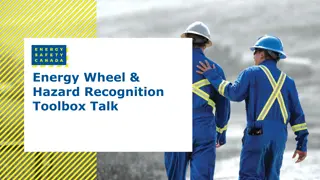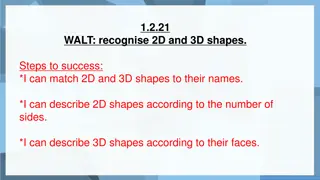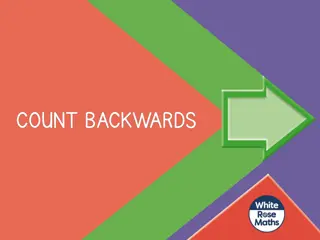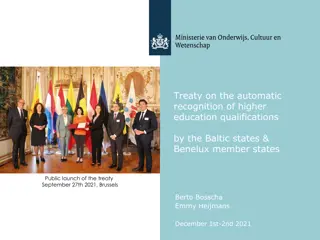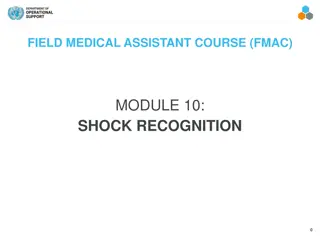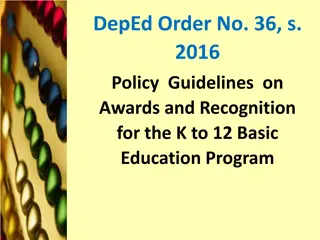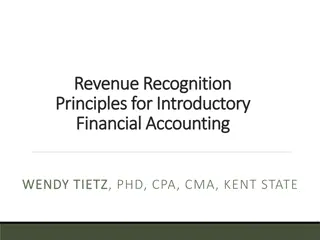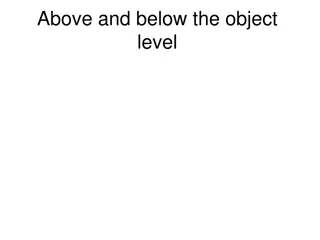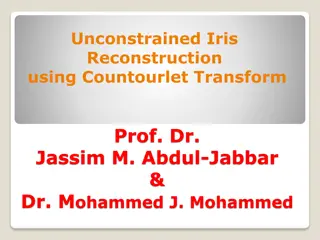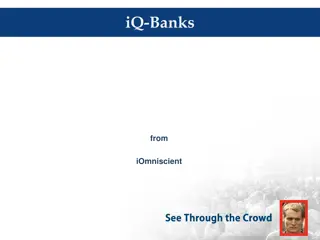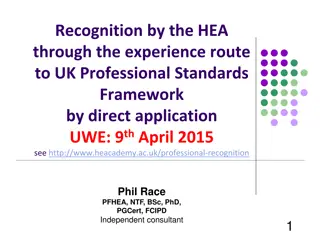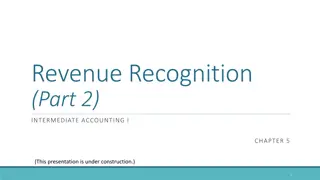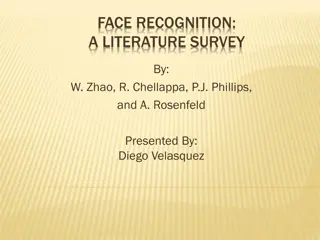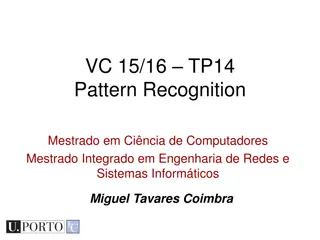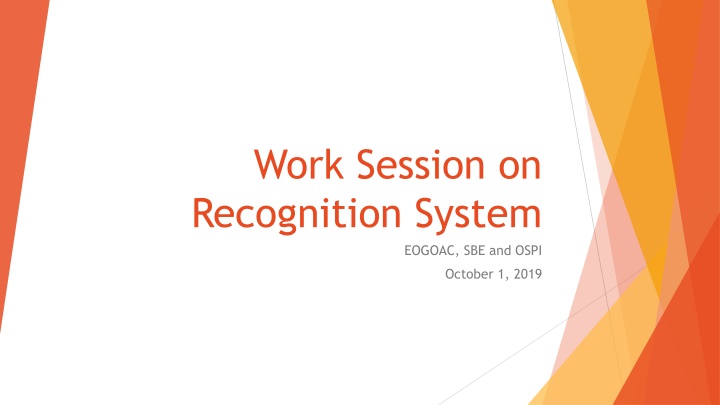
Effective Strategies for School Climate Measurement and Improvement
Explore essential topics discussed in a work session on recognition systems, including review of metrics, facilitated discussions on including new measures, and insights on school climate and student engagement. Learn about various constructs, the EDSCLS School Climate Model, and multiple methods to measure school climate effectively through surveys, observations, and interviews.
Download Presentation

Please find below an Image/Link to download the presentation.
The content on the website is provided AS IS for your information and personal use only. It may not be sold, licensed, or shared on other websites without obtaining consent from the author. If you encounter any issues during the download, it is possible that the publisher has removed the file from their server.
You are allowed to download the files provided on this website for personal or commercial use, subject to the condition that they are used lawfully. All files are the property of their respective owners.
The content on the website is provided AS IS for your information and personal use only. It may not be sold, licensed, or shared on other websites without obtaining consent from the author.
E N D
Presentation Transcript
Work Session on Recognition System EOGOAC, SBE and OSPI October 1, 2019
Introductions and agenda overview 9:00-9:15 Introductions and agenda overview Review Phase 1 Metrics and Overview of Issues Identified for Phase 2 9:15-10:15 10:15-10:30 Break Facilitated Discussion and Identification of Conceptual Model: How do we include new measures in phase 2? 10:30-12:00 12:00-1:00 Working Lunch School Level and School Type 1:00-1:15 Public Comment 1:15-2:15 Modifications to the Growth Facilitated Discussion: How do we learn from and communicate with districts? 2:15-3:30 3:30-4:00 Meeting Debrief / Next Steps 4:00 Adjourn
Review Phase 1 Metrics and Overview of Issues Identified for Phase 2 Dr. Andrew Parr and Mr. Lance Sisco
Facilitated Discussion and Identification of Conceptual Model: How do we include new measures in phase 2? School Climate and Student Engagement Disproportionate Discipline Equitable Access to Educators
School Climate and Student Engagement Dr. Ann Ishimaru 7/30/2019
WHAT constructs? Relationships Safety (Respect for diversity,school connectedness, relational trust, st/fam engagement, social support, leadership, racialclimate) (Rules, norms, physical & socioemotional safety) Teaching& Learning SchoolImprovement Process Institutional Environment (Social, emotional ethical,civic, service learning, support for academic learning, prof rel s, culturally responsivepractice) (prof capacity, order/norms, parent- school ties, instructional guidance) (physical, resources, supplies) Thapa, A., Cohen, J., Guffey, S., & Higgins-D Alessandro, A. (2013).
Multiple ways toMeasure Focus groups Classroom/school observations Interviews Study circles Participatory action research Student, staff, family surveys SURVEYS should: (1)recognize student, parent, and school personnel voice (2)assess all the dimensions that shape the process of teaching and learning and educators' and students' experiences in the school building. (Cohen at al., 2009)
Disproportionate Discipline Mark McKechnie 7/30/2019
There are four common measures to examine discipline data disaggregated by student group Exclusion Rate (provides the basis for the other three) Composition Index Risk Ratio Relative Rate | Measuring Discipline Disparities 7/30/2019
Exclusion Rate Exclusion rate = # of students excluded # of students enrolled The total exclusion rate counts students who have been excluded through any of the four types of school exclusion: Short-term Suspension (SS): ten days or less Long-term Suspension (LS): up to one school term Expulsion (EX): up to one school term, or up to one calendar years in limited circumstances Emergency Expulsion (EE): up to 10 days | Measuring Discipline Disparities 7/30/2019
Composite Index Compares the Exclusion Rate for one Group to the Enrollment % of the same group Composite Index (example) = % of African-American students excluded in the district % of African-American students enrolled in the district | Measuring Discipline Disparities 7/30/2019
Risk Ratio The likelihood of a student from a particular group being excluded, compared to the likelihood from a student from any other group being excluded. Risk Ratio (example) = % of American Indian/Native AK students excluded % of All other students excluded | Measuring Discipline Disparities 7/30/2019
Relative Rate The proportion of students from one group excluded compared to the exclusion rate for a comparison group Relative Rate (examples) = % of Multi-Racial students excluded % of White students excluded or % of Students with Disabilities excluded % of Students without Disabilities excluded | Measuring Discipline Disparities 7/30/2019
Equitable Access to Educators Ms. Maria Flores and Dr. Kaori Strunk 7/30/2019
2 2. . Equitable Student Access to Educators Equitable Student Access to Educators 2.1. Data Element and Definition Teacher Category Definition Inexperienced Teacher A teacher has a fewer than or equal to 5.0 years of teaching experience. A teacher teaches outside of her/his endorsed content area(s) or grade level span for each endorsement. Out-of-Field Teacher Limited Certificate Teacher A teacher who hold only limited certificate or report limited certificate to override Out-of-Field status. | TITLE II, PART A AND SPECIAL PROGRAMS, EGAD 07/30/2019 | 16
3. Educators Quality Growth 3. Educators Quality Growth 3.2. Potential Data Elements (1)Retention Rate by Years of Teaching Experience Race/Ethnicity Content Area (2) Extension of content areas knowledge (Obtaining additional Endorsement(s)) (3) Educator Diversity (4) Number of Dual Language courses offered (5) Ratio between Certified ESAs and Student (6) Anything else? | TITLE II, PART A AND SPECIAL PROGRAMS, EGAD 07/30/2019 | 17
Working Lunch School Level and School Type Dr. Andrew Parr and Dr. Randy Spaulding
Possible Modifications to the Growth Route Dr. Andrew Parr and Dr. Randy Spaulding
Facilitated Discussion: How do we learn from and communicate with districts?


